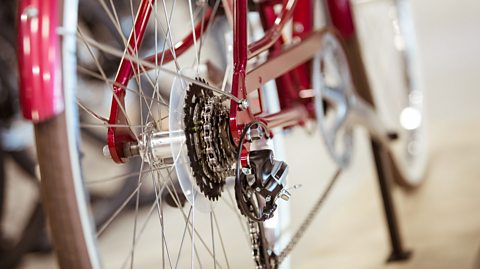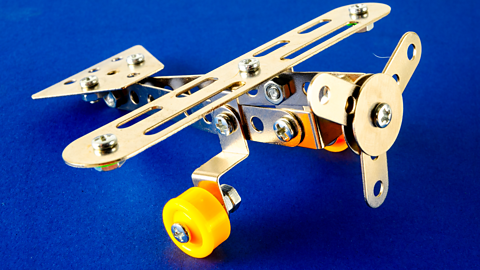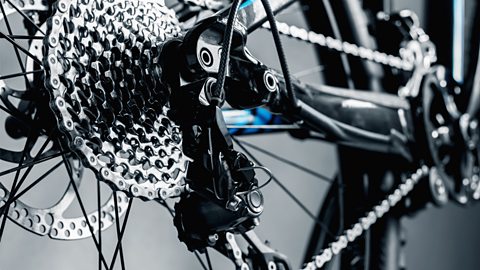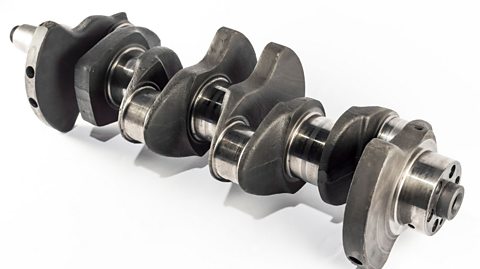Mechanical control systems
How mechanical control systems work and types of motion
Mechanical control systemsuse parts for movement/force control. They include input, process, and output. Types of motion: linear, rotary, reciprocating, oscillating.

What are mechanical kits, safety and components?
Construction kits are quick but limited, working models are precise but time-consuming, virtual models save materials but need training.

What are levers?
Levers use mechanical advantage to ease lifting; a bar and a pivot (fulcrum) with effort, fulcrum, and load arranged differently in first, second, and third class levers

How power transmission works using pulleys gears and chains
Power transmission transfers mechanical power. Gear trains change speed/torque. Idler gears reverse rotation. Belts/pulleys and chains/sprockets transfer motion efficiently.

What are cams and followers?
A cam is a rotating part on a crankshaft that moves a follower: types include eccentric, pear, heart, and snail cams, with flat and roller followers handling loads differently.
